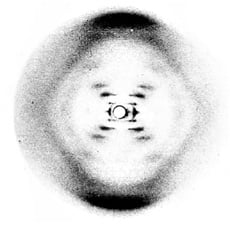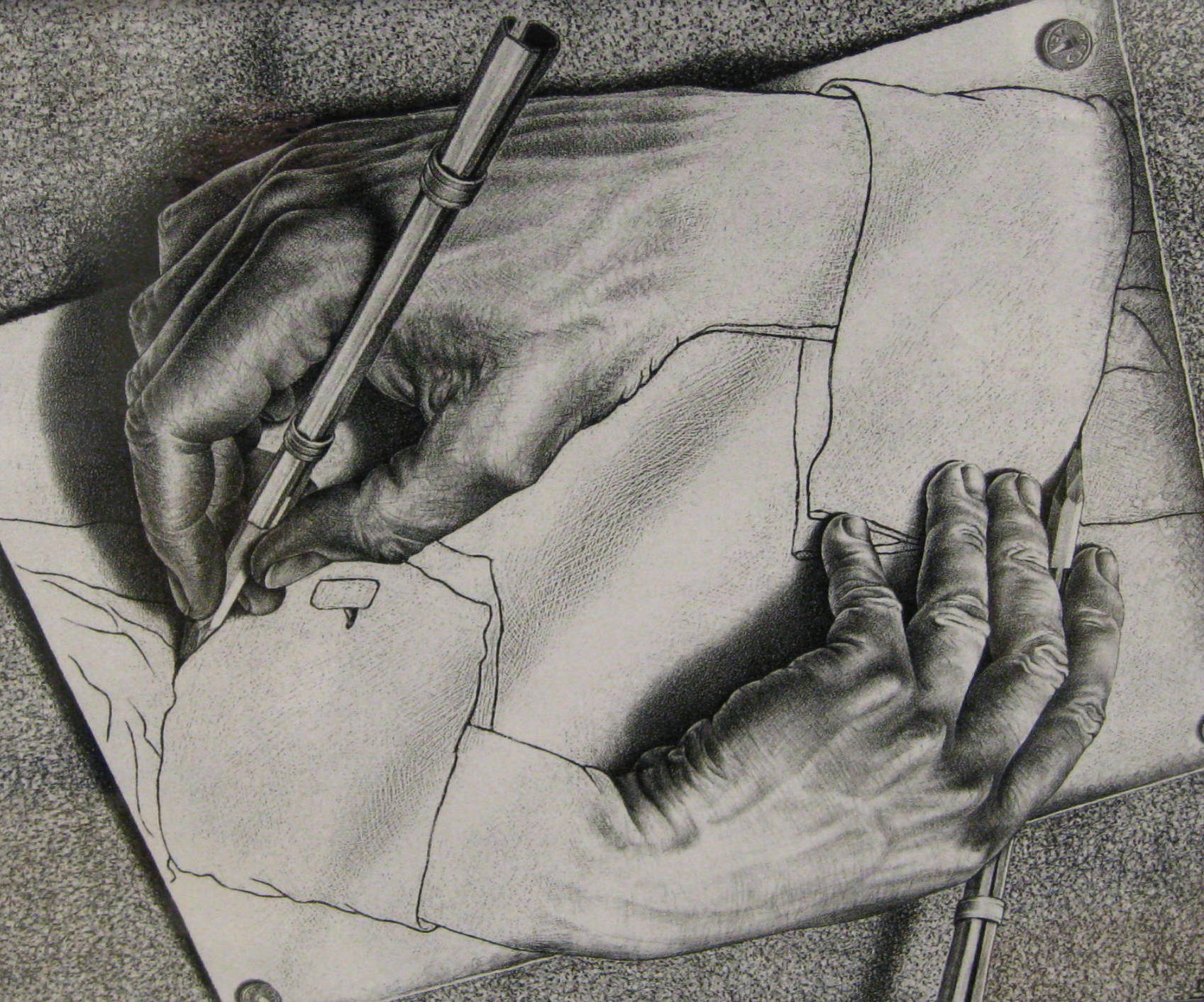The DNA of Memes: The Underlying Structure of Ideas
The internet is full of memes. Here's one that's an entertaining idea embedded in a pop-culture image.
Meme: "an idea, behavior, or style that spreads from person to person within a culture".[1]
Memes are conceptual structures--combinations of information and structure that result in meaning. In other words, memes are thoughts, ideas, concepts (related words in scientific circles are the terms schema and mental model). So memes aren't just on the internet, they're all around us, in our heads. Democracy is a meme. Innovation is a meme. Burning Man is a meme.
British evolutionary biologist Richard Dawkins coined the term meme in his book The Selfish Gene (1976) as a concept to discuss evolutionary principles while explaining the spread of ideas and cultural phenomena. The book give examples of memes: fashion, melodies, catchphrases, the technology of building arches, etc.
Any idea, or meme, can spread, and many of the same evolutionary theories and processes that govern the surviving and thriving of species apply to memes as well. An unanswered but vital question can be asked in many ways:
What is the DNA of memes?
What is the structure of mental models?
What is the code that underlies ideas?
In the 1950s, the race was on to discover the underlying structure of DNA--the common script or rules for life. Three teams were in the race to unlock the secret structure of the DNA molecule:
- Biologist James Watson and physicist Francis Crick at Cambridge;
- Maurice Wilkins and Rosalind Franklin at King's College; and
- Linus Pauling at California Institute of Technology
At the time, it was well known that there were four bases of this molecule: Adenine (A), thymine (T), cytosine (C), and guanine (G). But we could only infer the structure of DNA from vague models and X-rays.
Watson & Crick were keen on building 3D models in order to discover DNA's structure whereas Wilkins and Franklin focused on experimental data from scanning images.

It was the combination of these approaches that led Watson & Crick to win the race to announce the structure of DNA in the journal Nature in 1953. The Nobel Prize was awarded to Watson, Crick, and Wilkins (but not Franklin because the rules state that awards cannot be given posthumously). In an ironic twist, Franklin died in 1958 of cancer likely caused by the technologies she used to discover the image Watson and Crick used to solve the DNA puzzle.
We should be asking similar questions about ideas if for no other reason than they seem to be quite important to our evolution, to the evolution of society, and they seem to spread and survive, die, or thrive based on similar evolutionary principles.
In the words of Watson, the question they were asking was as follows:
What was common to all forms of life? There was a script. We thought it was DNA but we didn't know the shape of the script.
What if we asked a similar question in the area of mental models or ideas?
What is common to all forms of mental models (or memes, ideas, schemas, concepts)? Is there an underlying and universal code? How is it structured?
What are mental models, memes, ideas, and schemas? They are the product of human cognition or thought. And the underlying code to human thought is, like DNA, composed of four elements: distinctions, systems, relationships, and patterns (DSRP). When thinking, we make distinctions and we recognize systems, relationships, and patterns.
Also like DNA, the four elements of thinking are composed of elemental pairs. They are:
- Distinctions (thing/idea and other)
- Systems (part and whole)
- Relationships (action and reaction)
- Perspectives (point and view)
To make a distinction is to identify and recognize a thing or idea, which implies the existence of an other. To recognize a system one must see both the whole and its parts. Relationships consist of both an action and a reaction (if things are interrelated they act upon each other). Finally, perspectives consist of a point (from which one looks) and a view (that which one sees). These four patterns of human thought exist in dynamic, simultaneous relationship to each other rather than working in isolation. We cannot perceive a system, for example, without making a distinction among its parts and their relationship to each other and seeing them from the perspective of the whole to which they belong.
With cognitive structures (memes, ideas, schemas) as with DNA, we can learn much by understanding the underlying structure. Also like DNA, DSRP has great potential for practical and scientific application.
.png?width=150&height=150&name=CRL%20GOAT%20Logo%20(4).png)


